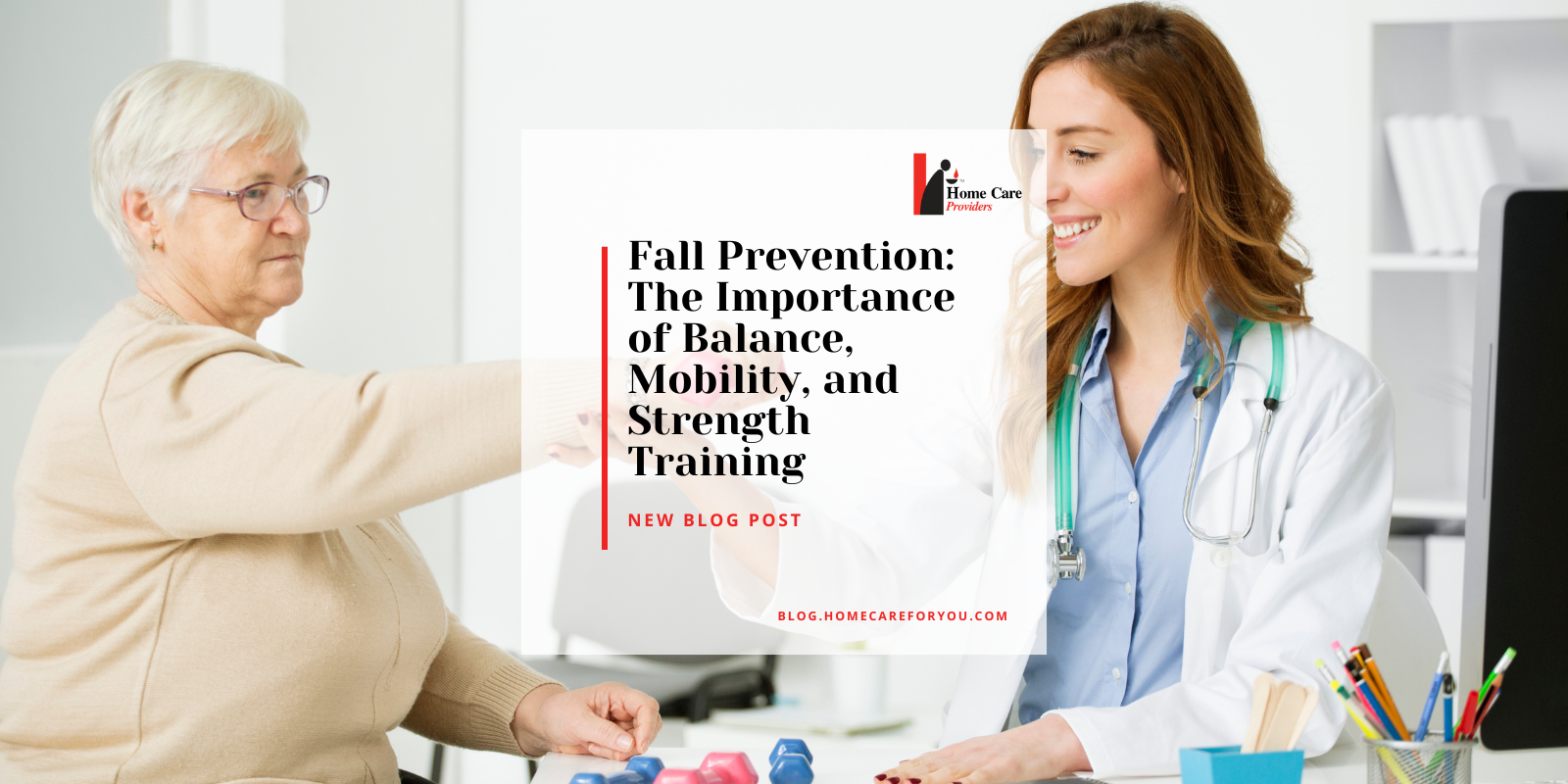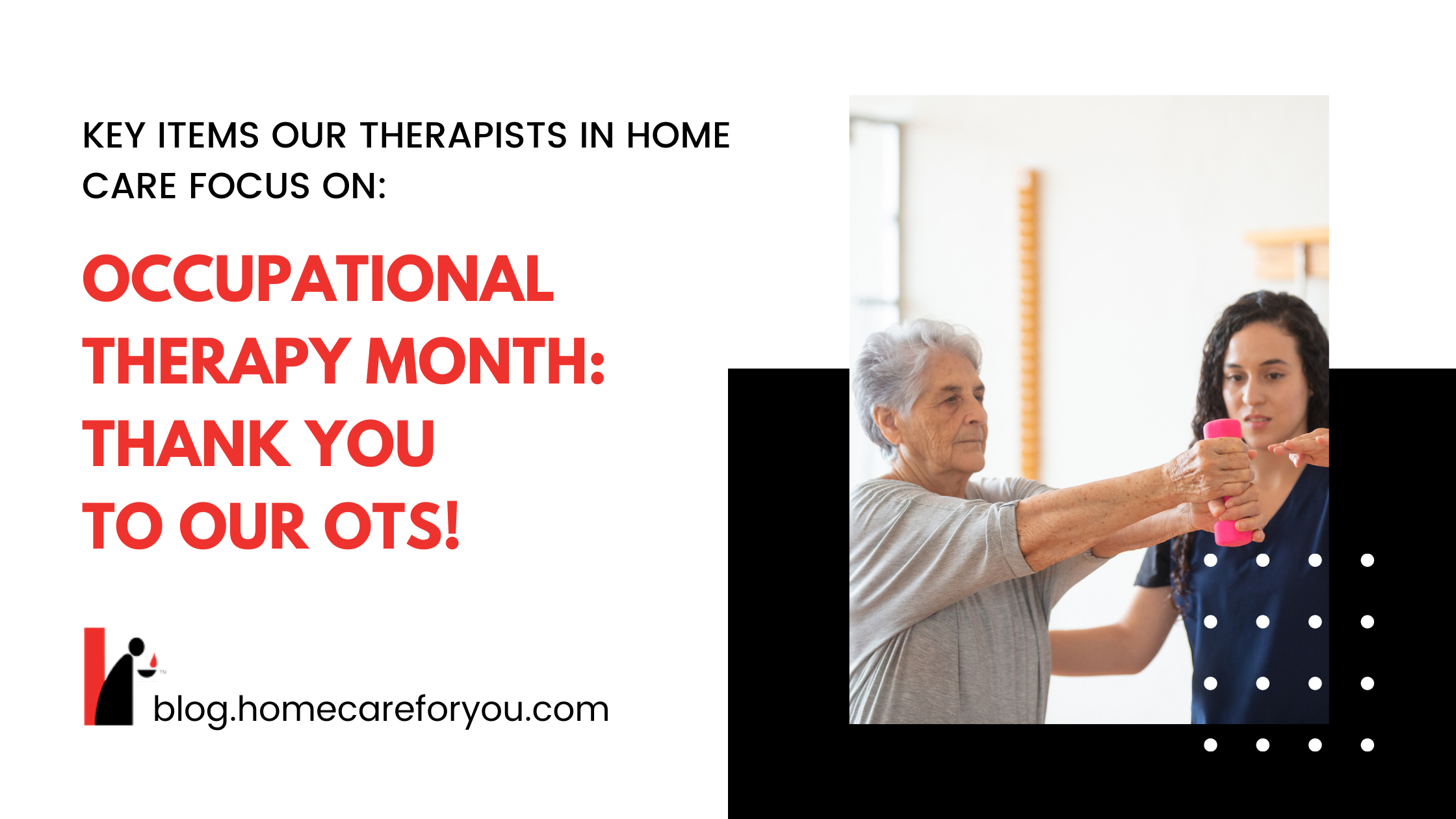Fall Prevention: The Importance of Balance, Mobility, and Strength Training

In collaboration with Rachel Ridgeway, Ridge Senior Fitness, Owner
Rachel is a Certified Personal Trainer, who specializes in Osteoporosis and Senior Fitness. She started her business in 2020, focusing on improving the health and wellness of aging adults. While working with the senior population, she realized there was a huge lack of emphasis on bone health, so she received certifications as a Certified Osteoporosis Fitness Specialist and a BoneFit Specialist. She now works with women of all ages who are looking to improve their bone health and maintain independence.
For older adults, falls can be extremely debilitating or even deadly. Many falls can be prevented with appropriate exercise programming and household modifications. In this post, we will focus on ways to modify your current fitness routine to help decrease your risk of falling. While there are many different factors at play as to why we are more likely to fall as we age, some of the most common are:
- poor eyesight
- changes to the vestibular system (inner ear equilibrium that helps us respond to falls)
- postural deviations that offset our center of gravity
- changes in proper walking patterns (i.e. shuffling feet instead of utilizing a proper heel to toe strike)
- delayed response time to sudden obstructions
With all of these physical changes occurring, a progressive exercise program becomes much more important. So, what are some exercises that should be incorporated to decrease the risk of falling?
Balance Training
Balance training is one of the most obvious (and most often overlooked) types of exercise for fall prevention. The great thing about this type of training is that there are endless ways to keep it challenging and interesting. There are two main balance training categories:
- Static balance training: this is a great place to start for beginners or for individuals who are considered a high fall risk. These exercises keep your feet stationary, but may challenge you by changing your foot positioning, adding in unstable surfaces, closing your eyes, or adding in a dual task. Some examples would be standing with your feet together, standing in a tandem stance, standing on a foam pad or BOSU ball, standing in a staggered stance while tossing a ball against the wall.
- Dynamic balance training: this type of training should only be progressed to once you are confident in your static balance. Some good examples are walking on your heels, walking on your toes, walking in a figure 8 around cones, walking + the addition of a cognitive task (i.e. counting backwards from 100 by 6), walking + the addition of a physical task (i.e. holding a full cup of water), or walking over different obstructions on the floor.
Postural & Mobility Training
Postural deviations and lack of mobility can be another major fall predictor. Many older adults will develop hyper-kyphosis (excessive rounding of the upper back) and a forward head position. This positioning can offset your center of gravity, making falls much more likely. Two ways to combat these common deviations are to:
- Increase awareness of poor posture in everyday tasks: pay close attention to the positioning of your spine and head when you are tying your shoes, loading/unloading the dishwasher, picking up a laundry basket, using a computer/phone/tablet, carrying groceries, etc. Try to utilize a proper hip hinge when you are bending over, and keep your spine and neck as neutral as possible.
- Practice mobility and stretching exercises: working with a physical therapist or personal trainer can be extremely helpful when learning what postural deviations you may be dealing with and which exercises and stretches could help.
Resistance Training
Resistance training increases muscle size, improves overall strength, and can help maintain or increase bone density. All of these factors are incredibly important when it comes to fall prevention programming. Resistance training should be done at least 2-3 times per week and cover all of the major muscle groups. It’s important to allow at least one day of rest if you are going to work the same muscle group twice in one week. While fall prevention is the goal, sometimes falls will still happen. If you regularly strength train, here are some ways that the impact of the fall could be minimized:
- Stronger upper body and core: having a strong upper body allows you to brace some of the impact of a fall with your arms. This action alone has shown to dramatically decrease the risk of a hip fracture, which can be deadly in older adults.
- Ability to get on and off the floor: having the lower and upper body strength to be able to get off the floor after a fall is crucial. This is a skill that should also be practiced regularly (with and without props) to ensure you are confident and have the required strength to do this life-saving activity.
While we cannot prevent every single fall, there are so many exercises that can be done to dramatically lower your risk. Having a training program that incorporates balance, mobility, and strength training is one of the best ways to do this. As with any new exercise program, talk to your doctor first to ensure there are not certain exercises that you should avoid. If you are unsure of where to begin, working with a physical therapist or a personal trainer can be helpful in establishing an appropriate baseline.
Rachel is a Certified Personal Trainer, who specializes in Osteoporosis and Senior Fitness. She started her business in 2020, focusing on improving the health and wellness of aging adults. While working with the senior population, she realized there was a huge lack of emphasis on both health, so she received certifications as a Certified Osteoporosis Fitness Specialist and a BoneFit Specialist. She now works with women of all ages who are looking to improve their bone health and maintain independence.
Home Care Providers provides personalized, high-quality care with the most innovative technology allowing physicians, families, and care teams to stay connected and compliant by documenting and communicating within a secure portal. We want our patients, families, physicians, hospitals, and any facility we coordinate care with to experience THE BEST services possible!


